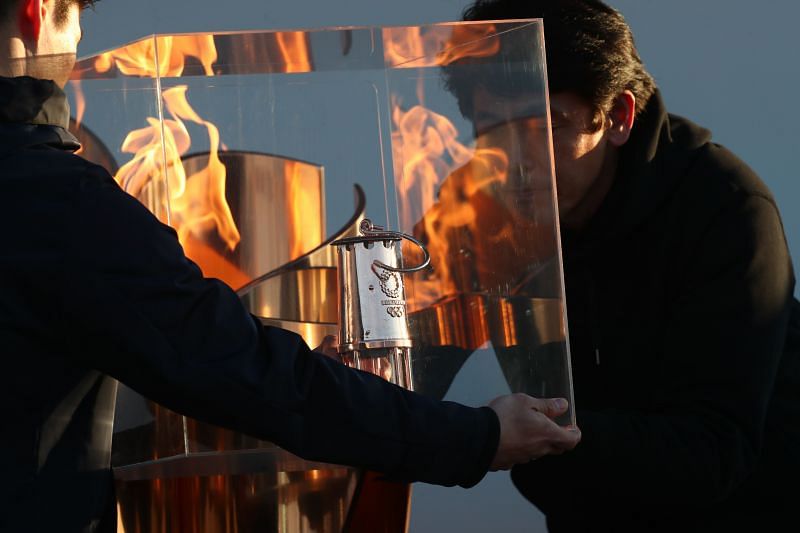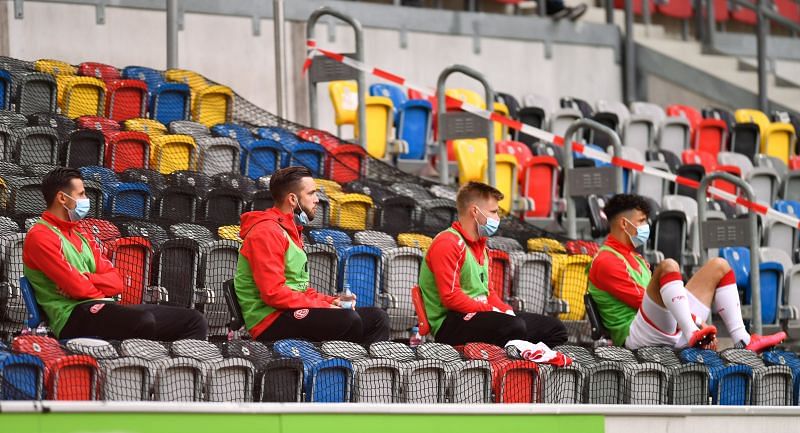
Has the world of sports been changed forever by COVID-19?
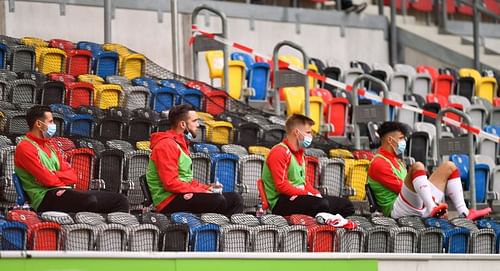
Bundesliga pioneered the return of top sports.
We are four months on from the cancellation or postponement of major sports events like the Olympics, the Indian Premier League (IPL), the European Football Championship, a series of Grand Slams and, yet, there hasn’t been any significant change in the grounf situation.
The Olympics and Euros were shifted to 2021 and the Wimbledon was cancelled for the first time since World War II, even though the United States Tennis Association (USTA) is determined to go ahead with the August 31 start this year despite the rising cases in the States.
And, having almost decided to stage the IPL this season in the UAE, the Board of Control for Cricket in India (BCCI) will now able to draw up a schedule as the International Cricket Council (ICC) has now officially decided to postpone the T20 World Cup - originally scheduled to be held in Australia in October-November.
But, what has changed, though, are players taking utmost prevention and taking the uncontrollables head on.
The Bundesliga resumed the earliest among major sports events - on May 16 - and completed the remaining fixtures without further ado. The West Indies thrashed England in Southampton to mark the return of international cricket.
Europe’s other top-flight football leagues are also on the verge of conclusion. Governments have started giving green light to resumption of sports training – some have issued explicit Standard Operating Procedure (SOP), some haven’t. But there still lies a raft of questions unanswered. The biggest of them, perhaps, is how.
How will James Anderson reverse the ball in the fourth innings without applying saliva? How will the Juventus players jump on each other’s back if they go on to win their ninth successive Serie A title? How will Rafael Nadal focus on his ace while having to manage his sweat-dripping towel? These questions still hang in the air despite the resumption of sports activities.
Quite understandably, the Indian wrestlers told the Wrestling Federation of India (WFI) that there was no point training as the Sports Authority of India (SAI) permitted only individual training.
With the line blurry, the International Hockey Federation (FIH) on May 20 suspended all international matches until a vaccine was found and India’s Olympic-bound shooters on July 15 raised concerns over National Rifle Association of India’s (NRAI) bio-secure camp starting August 1.
While some sports organisations have decided to bide their time, a host of events have already been declared null and void.
Impact of Covid-19 on sports
The virus is not only taking a toll on lives but livelihoods as well. Sports is no exception. It has not only affected the present but has left the future in a fix too. Those in the sports fraternity were deeply saddened with the virus claiming the lives of squash great Azam Khan and former Olympique de Marseille president Pape Diouf. And, stakeholders were left pulling their hair out over sport (read revenue) having come to a standstill all over the world.
Two terms sports lovers have become familiar with in the recent past are ‘Force Majeure’ and ‘Furlough’. Terms for which organisations have repeatedly run into trouble and drawn flak.
When the former owners of East Bengal, Quess Pvt. Ltd. enforced the Force Majeure clause (unforeseeable circumstances that prevent someone from fulfilling a contract) on its players, cancelling their contracts - some of which were due to run into the next season - from May 1, not only did it cause turmoil with players approaching the Football Players’ Association of India (FPAI), but also left some of them struggling to make ends meet.
Similarly, Cricket Australia (CA), some Formula 1 teams and even top football clubs like Tottenham, Liverpool furloughed (grant leave of absence to) their staff – some even putting 80 percent of their employees on 20 percent salary till June end.
While it wasn’t an issue for top teams and its players, as former ICC chief executive Haroon Lorgat said, it was indeed a “battle for survival for weaker nations”.
In India, I-league second division club Mohammedan Sporting have been crying foul the loudest. If not for the coronavirus, the Maidan giant, currently sitting atop Group B with 12 points from six matches, were almost certain to gain promotion. The Telegraph on April 18 had reported that the club spent Rs 70 lakh in player salaries’ and travelling.
They are now not only burdened by the losses incurred but they will also have to go through a qualifying tournament with three other clubs before the start of next season.
On a personal level, youngsters and women players have been left ruing the most. If Yashasvi Jaiswal, player of the tournament at the ICC U-19 World Cup this year, wanted to kickstart his career playing for the Rajasthan Royals in the IPL, Sarfaraz Khan was looking to come of age after amassing 928 runs in just 6 matches in the last Ranji season.
While there is hope of the IPL being staged in the October-November window, the entire Women’s Super League and the 168 women’s domestic cricket matches have been scrapped, the senior one-day and challenger trophies, pending in India are likely to meet a similar fate.
On the financial front, however, worse affected have been those who are not under any contract and solely depend on individual earnings from each meet. The national golf body (PGTI) on June 16 announced that the current season would be stretched to 2021, effectively quashing any chances of the domestic circuit resuming anytime soon. Life, thus, has become tougher for professional golfers Shivendra Singh Sisodia and Mohammad Sanju, who, according to The Times of India, have bagged just Rs 22,650 and Rs 1.01 lakh this year.
Coupling with it are the anxiety and trauma. Living example is India’s fastest swimmer Virdhawal Khade, who is contemplating retirement despite having already qualified for the Tokyo Olympics.
In an interview with The Telegraph, he expressed concern over not being able to train in pools with the Swimming Federation of India still awaiting the green light from the sports ministry.
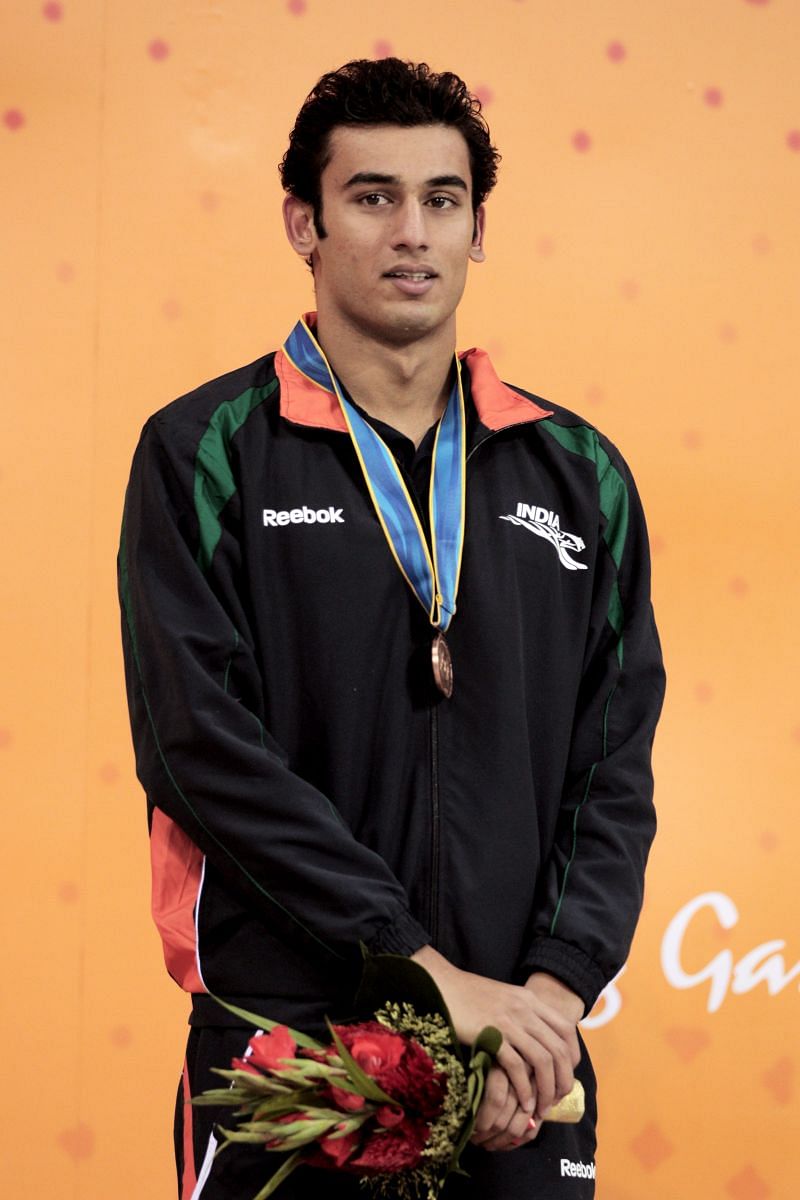
Battling similar crisis are coaches all over the globe. Barring those under contracts, the coaching staff associated with local clubs, age-group or even state teams have been running out of savings with resumption of sporting activities out of sight. This even prompted badminton great Prakash Padukone to suggest an umbrella organisation to take care of coaches from various disciplines.
As if endorsing his view, the sports ministry on June 19 announced formation of 1000 Khelo India Centres at the district level to bring former champions into coaching while also assuring them of a sustained source of income.
Above all this lies the players’ struggle in maintaining statutory fitness levels in order to hit the ground running as and when sports activities start. While some are not finding open spaces with the country yet to ‘unlock’ completely, others don’t have training equipment at home. SAI, however, played its part by delivering equipment to the doorstep of 107 selected athletes.
In addition to the problem of keeping players physically and mentally fit, sports organisations are also wary about athletes engaging in illegal practices. With travel restrictions in place, the National Anti Doping Agency (NADA) has suggested that athletes will have to undergo testing before taking part in any future sports events. Its American counterpart (USADA) has gone a step further by facilitating virtual testing.
Future of sports
Everybody is trying to gain from past, with the BCCI giving its broadcaster access to archived footage and players all over the world making their stand clear against amendment of any of the existing rules. However, the post-COVID sports world, if and when it arrives, will have a different look to it.
With the International Cricket Council (ICC) having already banned the use of saliva, cricketers are being pushed to work on their muscle memory in addition to statutory skill sets. Same for footballers, who are being cautious about not celebrating with teammates when the net bulges.
These changes are in addition to coming to terms with the fact of playing in empty sports stadiums. And, since there will be no crowd to feed off, players will have to take their motivation up a notch.
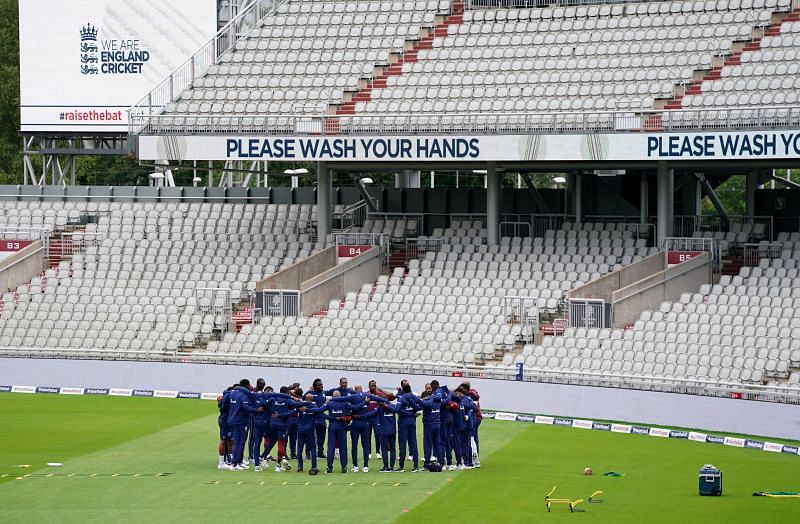
The fact that major sports bodies have been losing out on crores of broadcast rights and gate receipts will definitely have a bearing on the income of sports players in the years to come.
It will take a while to overhaul Neymar’s record transfer fee of €222 million as clubs will be looking to curb spending in whichever way possible. It shouldn’t have come as a surprise when the Formula 1 decided to cap its next season spending at $145million or the Anil Kumble-led cricket committee of the ICC suggested doing away with neutral umpires to restrict travelling as well as its costs.
Increasing use of technology on the sports field will start getting complemented with usage off it . The global chess body (FIDE) successfully conducting the first major online event in the form of the Online Nations Cup from May 5-10 will definitely be the pioneer for many such events in the future.
Shooting events should also follow similar suit. Coupling with having fitness-enhancing equipment at home, athletes will also look to procure skill-based ones.
Artificial Intelligence (AI)-powered devices will come into force in sports with more cricket centres resorting to bowling machines or more and more paddlers using the AI-based Butterfly Amicus Prime with which G Sathiyan has been training in quarantine.
Backroom sports staff, especially analysts and dieticians who can work from home, might become much more important. And obviously, going by the trend, sports coaches will be in constant touch with their pupils having conducted several online sessions during this period.
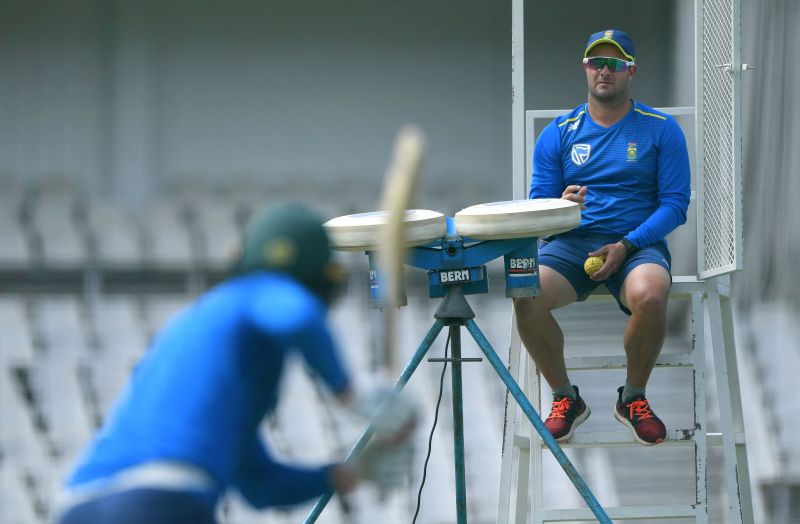
Tech-driven sports training will rise.
But, there is a significant difference in training at home and in a camp. Along with drawing up safety protocols, the risk of injuries has increased manifold with sports strength and conditioning coaches warning about soft-tissue related injuries.
That’s precisely why various sports organisations have been tracking athletes and ensuring they get sufficient practice before returning to the international arena.
Another matter of concern for wrestlers and boxers cooped up in their rooms is the possibility of them slipping out of their respective weight categories.
A blessing in disguise for some, tragedy for others
The coronavirus-enforced hiatus, however, has been a blessing in disguise for athletes recovering from injuries or those struggling with a slump in form. Star sprinter Hima Das or golfer Anirban Lahiri would have missed the Olympic cut had the Games not been postponed.
On the flip side, India’s top golfer Rashid Khan, who was at his peak or paddler Soumyajit Ghosh, who was slowly finding his feet after two years of personal problems, has been left cursing the circumstances that has brought sports to a grinding halt.
There is, however, a possibility of a path-breaking step if the International Tennis Federation (ITF) indeed considers Roger Federer’s suggestion to bring both the men’s ATP and women’s WTP under the same umbrella to tide over the financial implications of the pandemic.
The postponement of England and Wales Cricket Board (ECB)’s 100-ball tournament, The Hundred - hailed to not only change the way the game would be played but also how it would be looked at - till 2021 underlines the uncertainty of the future of one of the more famous sports in the world.
The Olympic flame arrived from Athens on March 20 and was set to be displayed in Fukushima for a month before being moved to Tokyo. Unfortunately, the flame display being cancelled after just 18 days is the perfect embodiment of the presumable dark future for sports that lies ahead.
